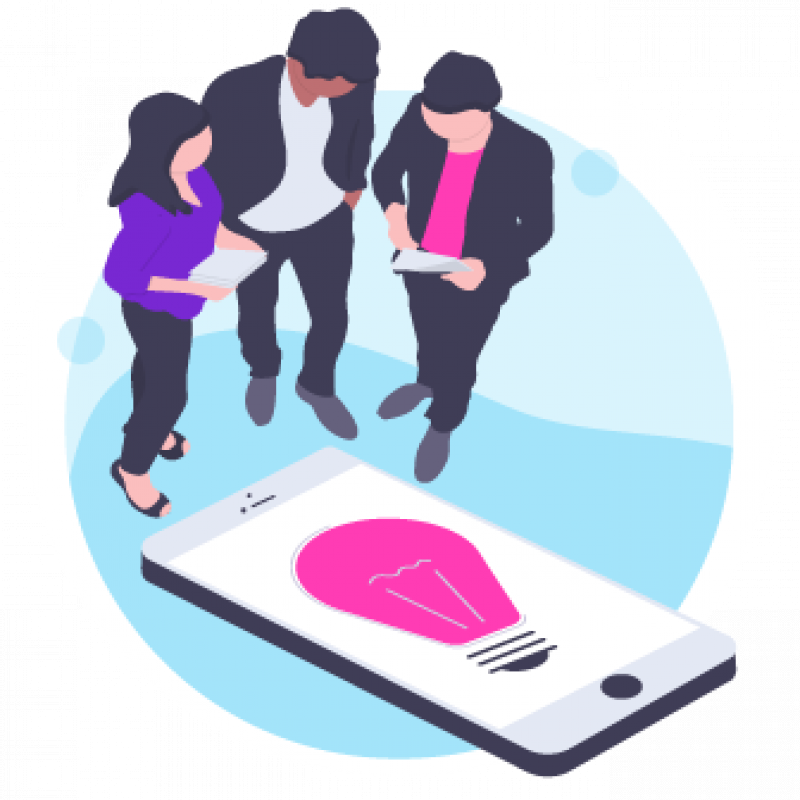
FLiP Entrepreneurship Challenge
FLiP Entrepreneurship Challenge teaches the young people on how business and product ideas are formed and develop to meet the needs of th customers. The challenge starts off in the proven browser format, that the learners can go through independently at their own pace. Users click their way through the first phase as if playing a game, learning a lot about famous and not-so-famous entrepreneurs and about the entrepreneurial mindset. They are also asked, for example, to guess which inventions were created by children and young people: ear muffs or fizzy powder?
After the course, they then start working with the FLiP Entrepreneurship app. Here, the emphasis is totally on the design thinking innovation methodology. The pupils work in small groups and learn the importance of teamwork, of listening empathetically, identifying needs and moulding these into ideas. Developing prototypes and making presentations are also part of the process. The app guides the users step-by-step through the process.
The pedagogical analysis covers how the product supports learning of the identified skills. The student’s role is assessed by four contrary pair parameters, which are selected to cover the most essential aspects on the use of the product.
The following are the high educational quality aspects in this product.
The supported learning goals are identified by matching the product with several relevant curricula descriptions on this subject area. The soft skills are definitions of learning goals most relevant for the 21st century. They are formed by taking a reference from different definitions of 21st century skills and Finnish curriculum.


User reviews for FLiP Entrepreneurship Challenge
You need to log in to post a review.